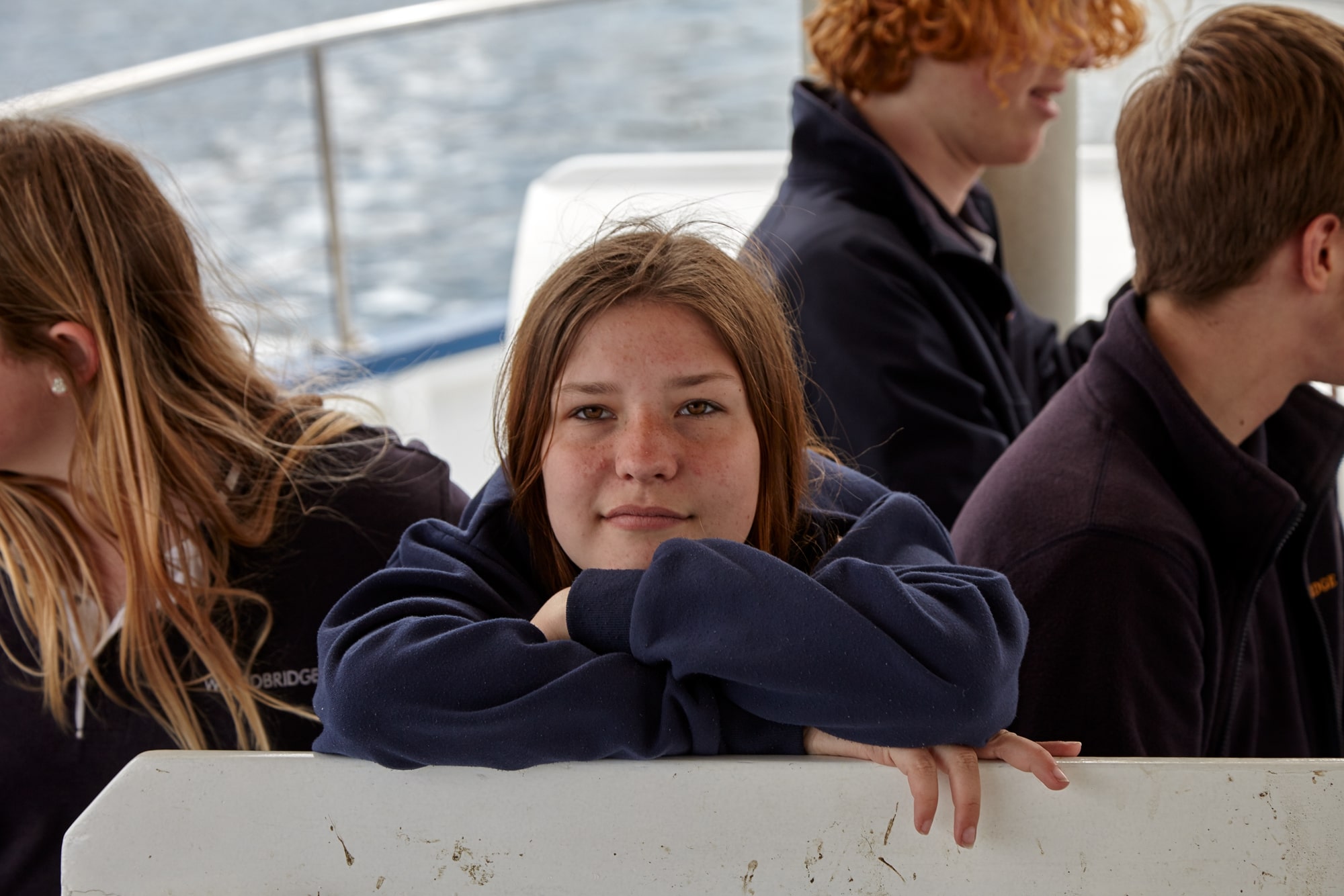On this page
Download this Fact Sheet:
Fact Sheet: The impact of trauma on children and young people (152.9 KB, PDF)
Exposure to a traumatic event in the community, such a natural disaster or the impacts of the pandemic, may affect how children and young people see and experience their world.
It may affect their sense of security and ideas about the predictability of life.
The educator's role
Educators in schools can play an important role in supporting children and young people who have experienced a traumatic event, such as bushfires or floods, in the community.
As an educator, the relationships and experiences you foster in daily practice support safety, attachments and connections for the students in your care.
You can also support your students’ sense of safety and regulation by looking beyond their behaviour to understand what is happening for them.
Understanding regulation
Regulation is the ability to understand and manage our feelings, behaviours and reactions in response to situations and events.
Regulation is closely linked to the activity of the body’s nervous system – and it can help to think of this system as having three different ‘zones’:
The green zone is a regulated and balanced state, allowing you to think, reflect and reason.
The red zone is the reactive and hyper-aroused state commonly known as ‘fight or flight’.
The blue zone is an under-responsive and hypo-aroused state where the nervous system and the body begins to shut down.
Our ability to regulate and return to that green zone when faced with a challenging situation is influenced by factors including the resources we can access to self-regulate and how well our needs are met at the time.
For children and young people, their nervous systems are still developing, and their green zones are naturally smaller than an adult’s. They can find it more challenging to stay in the green zone and are likely to move to the other zones more frequently than an adult might.
It’s important to recognise that children and young people will naturally align themselves with how you’re feeling. This means that by looking after your own wellbeing, you’re also supporting your students’ recovery and resilience, as well as your own.
The impact of trauma on regulation
After a child or young person experiences trauma, their nervous system may adapt as part of the body’s way of trying to stay safe. This can result in heightened or intense responses to any sights, sounds or smells that remind them of the traumatic event, or even to everyday things.
This adaptive response by the nervous system may also cause their green zone to become even smaller, which makes movement into the red or blue zone more likely, even in response to events or situations that didn’t previously affect them.
It can make it more difficult to draw on any self-regulation tools or skills they have, so that returning to their green zone becomes harder, too.
Noticing the signs of trauma
There isn’t one standard or expected way that a child or young person will react following trauma. Their response can be influenced by their life experiences, level of exposure to the trauma and how the adults in their life are affected by or react to the event.
For some young people, how their peers respond can play a part, too.
Common reactions to trauma
Some common trauma reactions to look for in children and young people include:
- Changes in behaviour and displaying strong emotions, such as sadness, anger, anxiety, guilt, self-blame and moodiness.
- A decline in school performance or difficulties with concentration, memory, problem-solving and staying motivated. Children and young people may also lose interest in activities they enjoyed previously.
- Changes in arousal and reactivity, which may result in increased irritability and nervousness, and overreacting to minor irritations.
- Withdrawing from friends and wanting to spend more time alone.
- Repetitively thinking about or remembering the traumatic event. This may result in wanting to talk about it often or alternatively, refusing to participate in activities related to the disaster or other traumatic event in the community.
- Increased anxiety or fear about the safety of their loved ones.
- Not being able to take on the same level of responsibility as before or, for young people, returning to younger ways including giving up responsibilities.
- At times young people may also display an increased need for independence or engage in uncharacteristic rebellious or risk-taking behaviour.
Be You resources
For professional development on strategies to support children in primary and secondary schools following a natural disaster or other traumatic event in the community, see the Natural disasters and other community trauma module of the Be You Professional Learning.
See also the Be You Fact Sheet on the role of schools in supporting children and young people after a traumatic event in the community.
For strategies to look after your own wellbeing, see Wellbeing tools for educators on the Be You website.
-
External links
Self-regulation in children and teenagers, Raising Children Network
Trauma and primary school age children, Better Health Channel
Trauma and teenagers – common reactions, Better Health Channel
Trauma responses in children aged 5-12 years, Emerging Minds -
Bibliography
Stifter, C. A., Dollar J. M., & Cipriano E. A. (2011, April). Temperament and emotion regulation: The role of autonomic nervous system reactivity. Developmental Psychobiology, 53(3), 266-279.
Kuypers, L. (2011). The Zones of Regulation.
